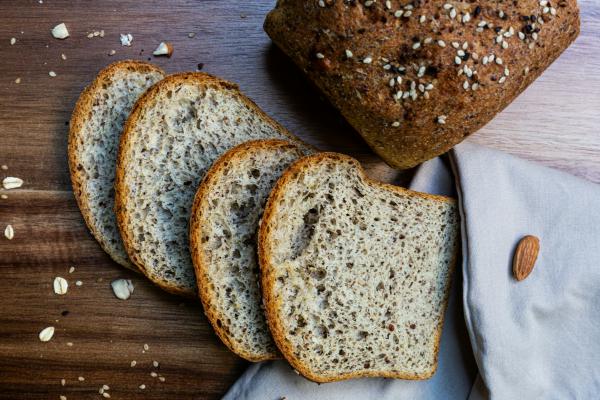


For those committed to wellness, bread is often avoided because of its high carbohydrate content. However, eliminating it seems like an unnecessary sacrifice of life’s simple pleasures.
This post explores how low-carb bread alternatives can reduce net carbs while allowing individuals to enjoy toast and sandwiches. Whether your goal is weight loss, blood sugar control, or optimized nutrition, these recommendations make it easier to embrace wellness without eliminating bread.

This type of bread utilizes alternative ingredients to substantially decrease the overall and net carbohydrates per serving in comparison to traditional slices of bread. Instead of white or wheat flour, low-fat breads incorporate nutritious alternatives such as nut flour, seeds, and fiber-rich grains to reduce the glycemic impact.
With 5 grams or fewer net carbs per slice, this bread allows individuals following a ketogenic, paleo, or low-carb lifestyle to enjoy bread without causing a considerable increase in blood sugar levels or undermining their dietary objectives. They provide a similar texture and taste to regular bread, so people can feel satisfied while reducing their carbohydrate intake.
One of the primary advantages of selecting healthy bread instead of regular bread is improved blood sugar control. Grains, such as wheat, break down quickly into glucose, which causes spikes in blood sugar levels. The refined carbohydrates in white bread cause levels to spike even more dramatically.
Meanwhile, carb-free breads rely on complex carbohydrates from nuts, seeds, and fibers released gradually during digestion. This helps prevent the dramatic highs and lows associated with high-glycemic foods, which can lead to cravings, fatigue, and overeating.
For anyone aiming to lose weight, the fundamental approach is calorie reduction. Best Low-carb breads typically contain fewer calories per slice than grain-based varieties, making them easier to include in a calorie-controlled diet. Their higher fiber and protein content also promotes feelings of fullness, which helps curb appetite between meals. Multiple nutrients from ingredients such as flaxseeds, chia seeds, and nut flours help you feel satisfied with fewer calories.
Many artisanal low-carb loaves and recipes feature nutritious add-ins such as seeds, nuts, and healthy oils. Flax and chia seeds are tiny nutrition powerhouses containing fiber, plant-based omega-3s, and minerals. Nuts add beneficial fats, antioxidants, and plant proteins. Oils with heart-healthy monounsaturated fats include olive and avocado oil. These nutrient-dense supplements promote general well-being when used in moderation as part of a balanced diet.
The fiber content is one of the most notable benefits of choosing such breads. Nut flour, seeds, and fiber-rich ingredients promote satiety and regular bowel movements. They also arrive gently in the digestive tract to nourish beneficial probiotic bacteria. This supports a balanced microbiome for optimal gut health. Symptoms such as bloating, gas, and discomfort are less likely to occur with a higher fiber intake from low-fat bread than with regular varieties or no-carb substitutes.
For something so beneficial, you may be worried that low-fat bread wouldn’t be as enjoyable. However, innovative recipes create loaves that taste fantastic when sliced fresh or buttered. Nut-based flours and other modifications create structure, height, and an appealing crust without a grainy aftertaste. Popular varieties hold up well to hearty fillings in sandwiches or melted cheese on top. Experimenting with a variety of options is key to finding your new favorite.
Healthy bread is a crucial option for those following therapeutic diets such as the keto diet. Occasional bites satisfy cravings while adhering to strict macros. Focus on brands that contain 5 grams of net carbs or less per serving to meet your lifestyle needs. Change the serving size to meet your personal dietary restrictions and wellness objectives. Keep some on hand for easy breakfast toast, occasional treats, or meal prep convenience.
Choose bread from alternative flour such as almond, coconut, or cassava flour instead of wheat flour. These slices have fewer net carbs per slice.
Look for bread labeled “low carb” or “keto-friendly.” Check the nutrition facts and aim for 5g of net carbs or fewer per slice.
Have bread only with meals instead of snacking on it alone. Pair it with protein-rich foods to help balance blood sugar levels.
Experiment to find which
bread works best for you. Texture and taste can vary among brands.
Toast slices lightly to crisp them up for items such as sandwiches. This helps the bread hold together more effectively.
Cut the bread into cubes to make homemade croutons for salads. This stretches it even further.
Use bread for dishes like egg muffins, mini pizzas, or French toast instead of regular toast.
Start with just 1-2 slices per day and observe how your body reacts to the increased carbohydrate intake before consuming more.
Store bread in the freezer or fridge to prolong its freshness if you don’t use a whole loaf quickly.
The key is enjoying bread in moderation as part of a healthy, low-carb meal plan. Listen to your body and make adjustments as necessary.
Conclusion
In summary, low-carb breads offer a convenient and delicious way to satisfy cravings while adhering to a lower-carbohydrate diet. With their alternative flour composition and low net carb content, these specialty breads allow you to enjoy toast, sandwiches, and more without compromising your health goals.
Choosing the right brand and limiting portions are keys to success. Incorporating one or two slices of healthy bread daily can help you feel satisfied and stay on track long-term when paired with protein-rich meals. With some experimentation, these alternative bread options are well-suited to fuel your body and taste buds sustainably.





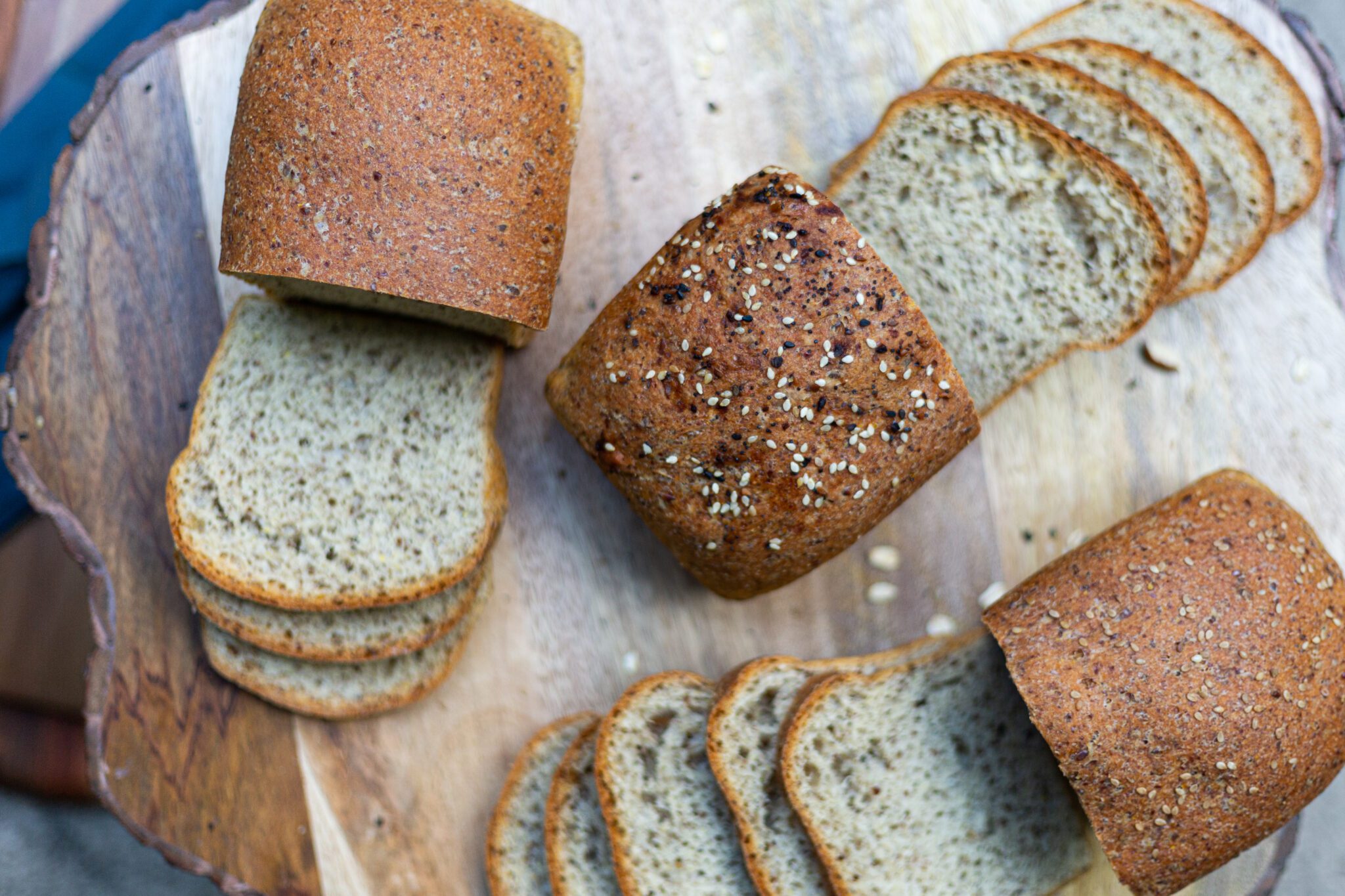


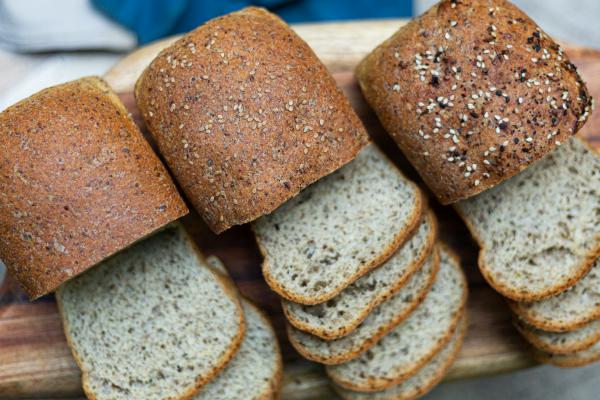


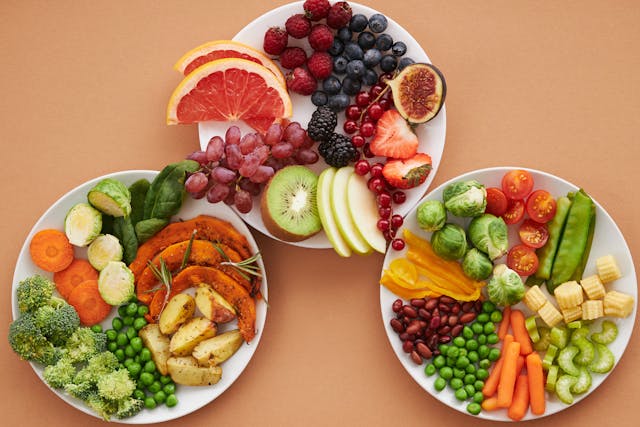






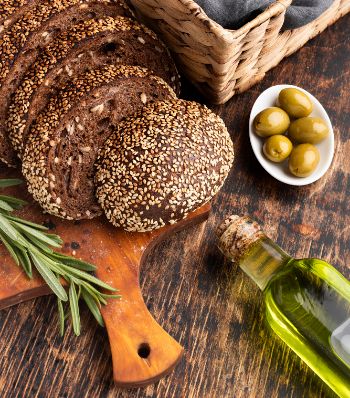

Sign up below to receive exclusive deals and be first to know when delicious new products are coming out.